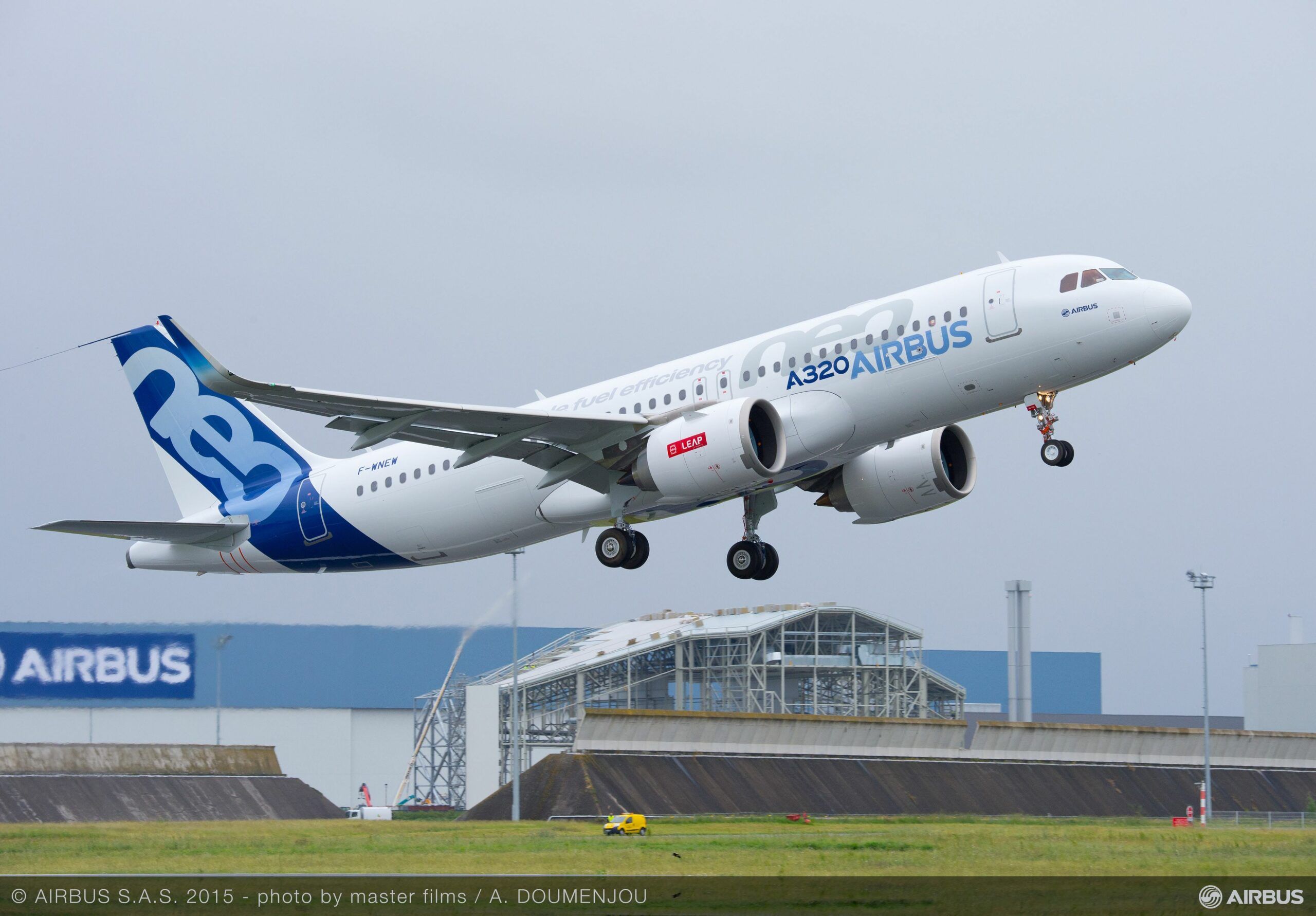Airbus, Safran, Dassault Aviation, ONERA and France’s Ministry of Transport are launching a joint study to assess the compatibility of unblended sustainable aviation fuel (SAF) with single-aisle aircraft, commercial aircraft engine and fuel systems and helicopter engines. The VOLCAN (VOL avec Carburants Alternatifs Nouveaux) project includes an in-flight test to be conducted at the end of the year using an Airbus A320neo test aircraft. It will be the first time that in-flight emissions have been measured using 100 percent SAF in a single-aisle aircraft.
“This study will support efforts currently underway at Airbus and Safran to ensure the aviation sector is ready for the large-scale deployment and use of SAF as part of the wider initiative to decarbonise the industry,” Airbus said. “It will also contribute to the ultimate goal of achieving 100% SAF certification in single-aisle commercial aircraft and the new generation of business jets.”
Airbus will in charge of characterizing and analyzing the impact of 100 percent SAF usage on ground and in-flight emissions for the project. Safran will conduct compatibility studies related to the fuel system and engine adaptation for commercial airplanes and helicopters while Dassault will focus on material and equipment compatibility studies. ONERA will assist with compatibility analysis and the preparation, analysis and interpretation of test results.



































I’m sorry, but I am still trying to see how using SAF instead of petroleum based fuels “decarbonizes” big jets. Okay, so you take a plant or animal product that supposedly has removed carbon from the air and “sequestered” it. Then you process that and burn it at high altitude releasing the carbon along with water vapor – both greenhouse gasses. Expelling the emissions at 40,000 feet means they will be there for a long time, and removing carbon from the near ground level air will have little effect on the upper atmosphere. That’s like a farmer watering a field a mile up the hill from his land and expecting the water to trickle down to his crops. Ignoring all that, I am still at a loss as to where all the sustainable fuels will be produced. If you plan to do it using commercially grown crops, you will need vast amounts of land that will compete with food crops. Not a good solution. If you plan to process animal byproducts from (primarily) beef production and waste cooking oils, gathering the feedstock to a central processing plant will be a huge (and expensive) task. Either way, you are trying to replace the millions of gallons of jet fuel burned a DAY, using factories that currently produce millions of gallons of SAF a YEAR. You will need to scale up production by a couple orders of magnitude to make a significant dent in petroleum consumption. Better get started!
> I’m sorry, but I am still trying to see how using SAF instead of petroleum based fuels “decarbonizes” big jets.
Maybe it’s hard for you to see because you are putting the boundary in the wrong place. Instead of looking at just the carbon output of the plane, look at the carbon output of the plane + plant or animal product + petroleum in the ground.
Scenario 1. Take petroleum out of ground, put it in airplane, burn it at 40,000 feet: emits X tonnes of carbon; leave plant or animal product to rot at ground level, emits Y tonnes of carbon.
Scenario 2. Leave petroleum in the ground, emits 0 carbon. Take plant or animal product, turn it into fuel, put it in airplane, burn it at 40,000 feet: emits Y tonnes of carbon.
The plant or animal product only sequesters its carbon as long as it lives and grows. Cut it or kill it, and it rots, releasing its carbon. You have a choice: release the carbon at ground level through rotting, or release the carbon at 40,000 feet through aviation. (Or leave the plant matter, e.g. a forest, intact, keeping its carbon sequestered a while longer.) Leave the petroleum in the ground, and the carbon in it remains sequestered indefinitely.
“Rotting?”
Tell me you’re joking.
It appears that you’re asserting that EVERY living thing is a source of airborne carbon dioxide polution.
A high school biology course would seem to be in order.
It is taught in biology class.
Look up the “Carbon Cycle Diagram”. I remember learning about it in junior high biology. The concept has been around since the 1700s.
I agree.
This is an untenable solution to a nonexistent problem.
The important thing is makes some people feel better that they are saving mother earth, for the children.